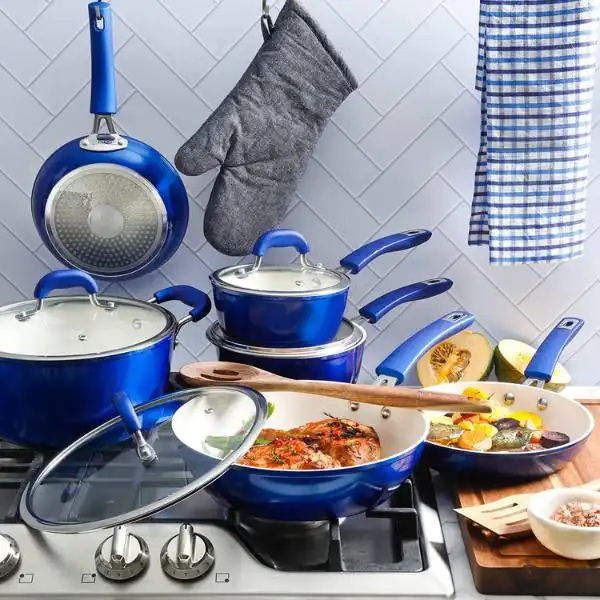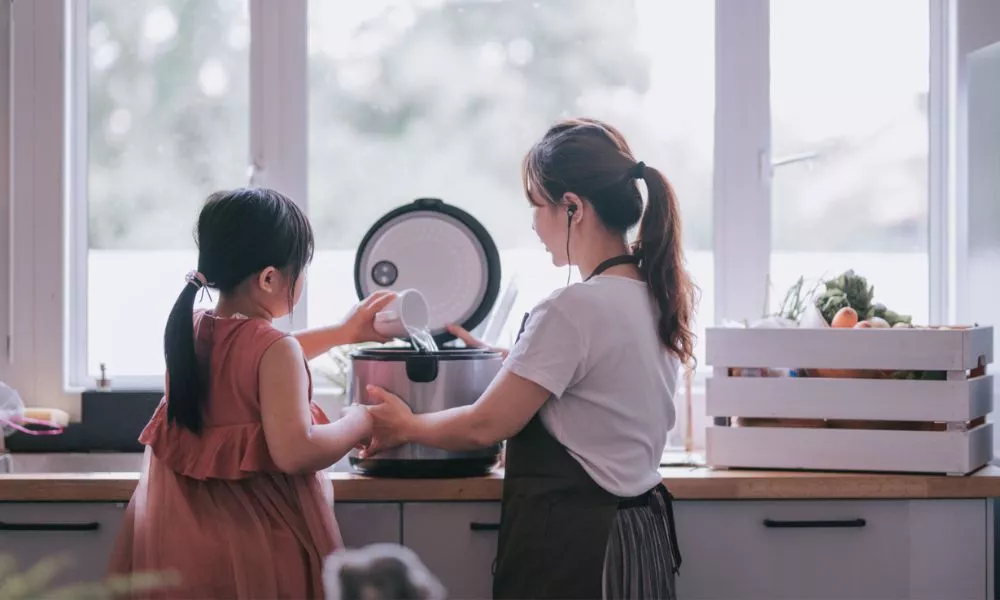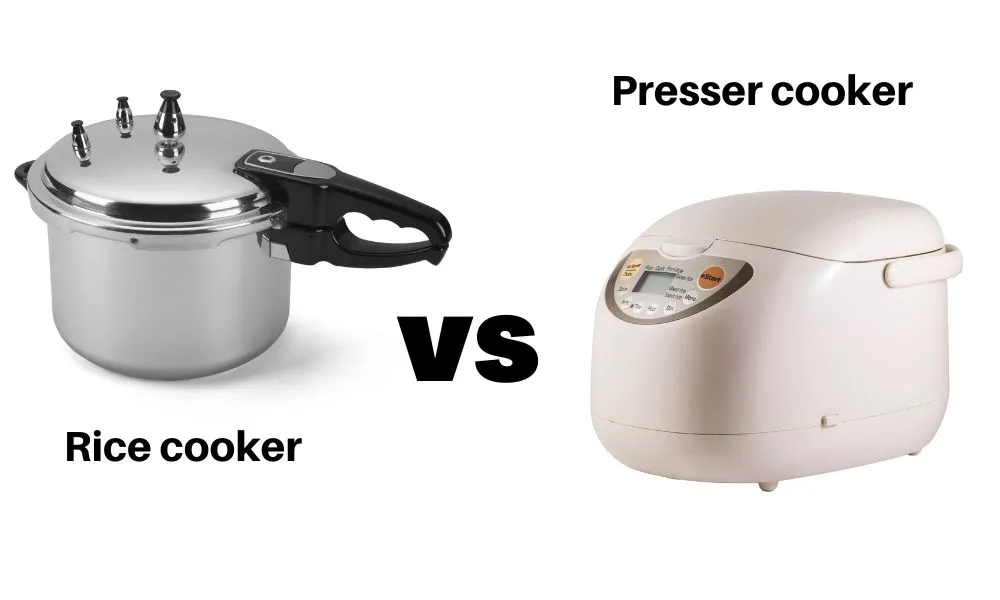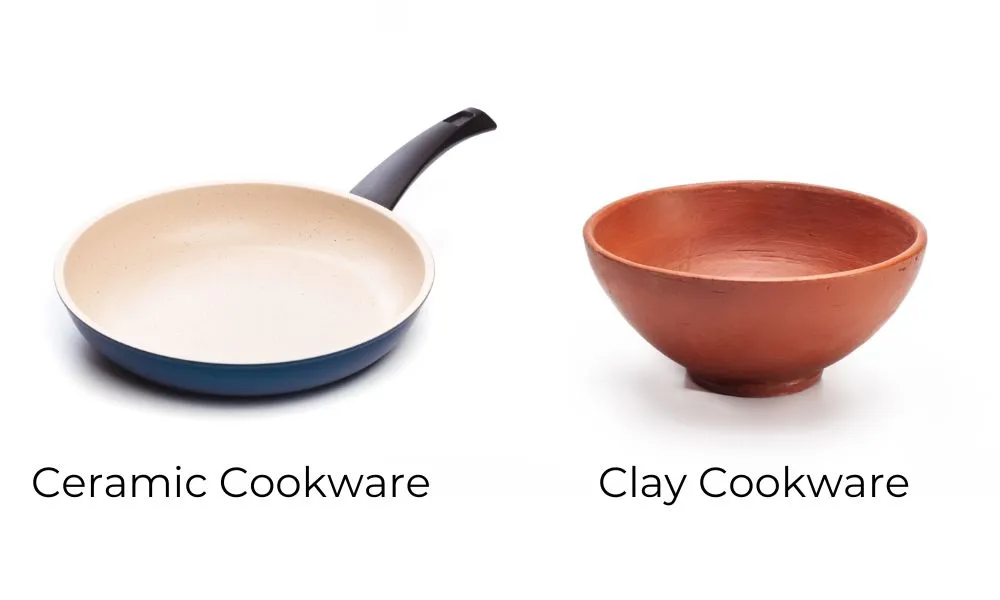Cookware plays a vital role in food preparation, and choosing the right type of cookware is essential for healthy and safe cooking. Ceramic cookware is a popular choice for many people because it is easy to use and provides a non-stick surface for cooking. However, it is essential to know the dos and don’ts of using ceramic cookware to get the best results and avoid any potential health hazards. In this article, we will discuss 10 facts you should know about ceramic cookware dos and don’ts.
Table of Content
What is Ceramic Cookware?
Clay and other natural materials are fired at high temperatures to make ceramic cookware durable and non-stick. Inorganic glazes like silica and aluminum make ceramic cookware easy to clean and resistant to acidic meals. Ceramic cookware is versatile and comes in many forms and sizes.
Dos of Using Ceramic Cookware

- Brush a thin layer of cooking oil on the surface of the cookware and heat it in the oven for a short period of time to properly season it before use. This procedure will make the surface naturally non-stick and stop food from clinging to the cookware.
- Use Low to Medium Heat: You should only use ceramic cookware at low to medium heat to avoid chipping or cracking. Do not use ceramic cookware for high-temperature cooking.
- Use Wooden or Silicone Utensils: To avoid scratching the surface of ceramic cookware, it is recommended to use wooden or silicone utensils while cooking.
- Allow the Cookware to Cool Before Cleaning: Ceramic cookware should be allowed to cool down before cleaning it with water or soap to prevent cracking or warping.
- Use Non-Abrasive Cleaners: Use gentle cleaning agents like baking soda, vinegar, or mild dish soap when cleaning ceramic cookware to prevent scratching the surface.
Don’ts of Using Ceramic Cookware
- Don’t Use High Heat: Ceramic pans shouldn’t be used on an open flame or in a grill because they can’t handle high temperatures.
- Don’t Use Metal Utensils: Ceramic cookware is easily scratched by metal spoons, forks, and knives, so it’s better to avoid using them.
- Don’t Use Abrasive Cleaners: Abrasive cleaners like steel wool or scouring pads should be avoided while cleaning ceramic cookware as they can damage the surface.
- Don’t Store Food in Ceramic Cookware: IStoring food in ceramic pots and pans is not advised since it promotes bacterial development, which can make the food poisonous.
- Don’t Heat an Empty Cookware: It is not recommended to heat ceramic cookware when it is empty as it can cause the cookware to crack or warp.
Cleaning and Maintenance Tips for Ceramic Cookware

- Clean the Cookware Regularly: Ceramic cookware should be cleaned regularly after use to prevent the build-up of food residue and stains.
- Use Non-Abrasive Cleaners: Ceramic cookware should be cleaned using nonabrasive cleansers such as baking soda, vinegar, or mild dish soap. Cleaning with chemicals that are too strong or too abrasive might damage the surface.
- Avoid the Dishwasher: Ceramic cookware should be cleaned using nonabrasive cleansers such as baking soda, vinegar, or mild dish soap. Cleaning with chemicals that are too strong or too abrasive might damage the surface.
- Store Properly: Ceramic cookware should be stored properly to prevent scratches or cracks. It is best to stack the cookware with a soft cloth or paper towel between each piece to avoid scratches.
- Check for Damage: It is important to check ceramic cookware for damage regularly. Replace cookware with chips, cracks, or scratches since it can stick to food and be dangerous.
Benefits of Using Ceramic Cookware
- Non-Stick Surface: Ceramic cookware’s nonstick surface streamlines both the cooking process and cleanup.
- Easy to Clean: Cleaning and maintaining ceramic cookware is a breeze.
- Versatile: Ceramic cookware is multipurpose and may be used for a variety of cooking methods.
- Affordable: Ceramic cookware is affordable compared to other types of cookware like stainless steel or copper.
- Chemical-Free: Ceramic cookware is free from harmful chemicals like PFOA and PTFE that are found in some non-stick coatings.
Health Risks Associated with Ceramic Cookware
Ceramic cookware can provide health risks despite its safety. Broken ceramic cookware glazes can release lead or cadmium into food. Heavy metals can cause high blood pressure, renal damage, and other health problems. Selecting high-quality ceramic cookware without lead and cadmium and regularly inspecting for damage reduces these risks.
How to Choose the Right Ceramic Cookware
When choosing ceramic cookware, there are several factors to consider:
- Quality: Choose high-quality ceramic cookware that is free from harmful chemicals like lead or cadmium.
- Size: Choose the right size of cookware for your needs.
- Brand: Choose a reputable brand that has a proven track record of producing high-quality ceramic cookware.
- Price: Consider your budget when choosing ceramic cookware. While it is generally affordable, some brands can be more expensive than others.
- Features: Look for features like a non-stick surface, even heat distribution, and easy-to-clean properties when choosing ceramic cookware.
People Also Ask:
- ways to cook on ceramic cookware
- types of ceramic cookware
- ceramic cookware cooking tips
- Ceramic Cookware Techniques
- ceramic cookware mistakes
- Ideas for Using Ceramic Cookware
- DIY Ceramic Cookware
Conclusion
Ceramic cookware is a great addition to any kitchen, offering many benefits over traditional cookware. However, it is important to follow the dos and don’ts of using ceramic cookware to ensure its longevity and safety. By following the guidelines we have outlined above, you can keep your ceramic cookware in great condition and use it to cook delicious meals for years to come.
To avoid scratches and damage, use delicate utensils, avoid high heat, and hand wash ceramic cookware. Use a robust non-stick ceramic pan that can tolerate acidic ingredients. You may cook with ceramic cookware for years by taking care of it and following the dos and don’ts. Try that new ceramic skillet or casserole dish and reap the benefits of ceramic cookware.
FAQs
Can ceramic cookware be used on an induction cooktop?
It depends on the type of ceramic cookware. Some ceramic cookware is suitable for induction cooktops, while others are not.
Can ceramic cookware be washed in the dishwasher?
Harsh chemicals and high temperatures can damage the surface of ceramic cookware, so washing it in the dishwasher is not recommended.
How do I clean burnt-on food from ceramic cookware?
To clean burnt-on food from ceramic cookware, fill the pan with water and a small amount of dish soap. Bring the water to a boil and let it simmer for a few minutes. Turn off the heat and let the pan cool. Use a non-abrasive sponge or brush to scrub the burnt-on food away.
Can ceramic cookware be used in the oven?
Yes, Check the manufacturer’s instructions for the maximum temperature that ceramic cookware can handle before using it in the oven.
Is ceramic cookware safe to use?
Yes, ceramic cookware is safe to use as long as it is free from harmful chemicals like lead or cadmium and is used according to the manufacturer’s instructions.



